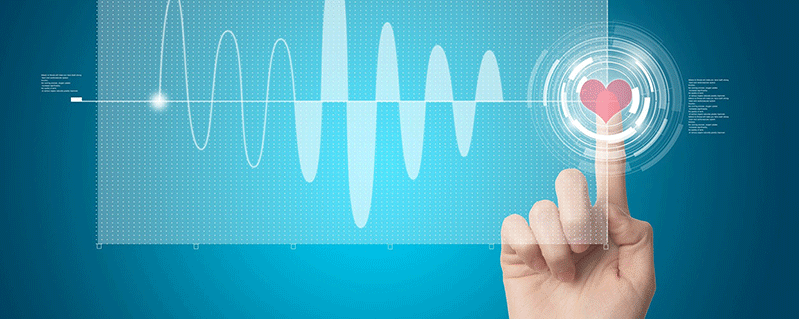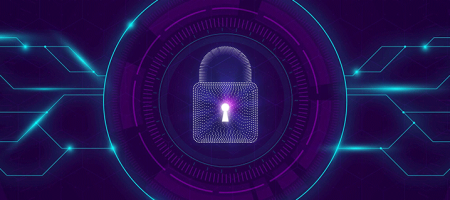What is SaMD?
The term “Software as a Medical Device” (SaMD) is defined as software intended to be used for one or more medical purposes that perform these purposes without being part of a hardware medical device.
This can comprise of software or applications intended to treat, diagnose, cure, mitigate or prevent disease. SaMD is typically used with non-medical computing platforms connected to virtual networks or other general-use hardware.
Within the general field of healthcare, Software as a Medical Device, or SaMD, is a particularly new category of software resource with a specialized role. Understanding more about what SaMD is and how it works can benefit a company
looking at acquiring healthcare solutions.
How Does SaMD Work?
According to the International Medical Device Regulators Forum (IMDRF) Software as a Medical Device is defined as, “software intended to be used for one or more medical purposes that perform these purposes without being part of a
hardware medical device.”
In other words, think of SaMD as a software which, on its own, is a medical device. For instance, the medical device software used to view images from an MRI on your phone would be an SaMD. But the software that enables an MRI machine to
run its test wouldn’t be. To be considered SaMD, software must not principally drive a hardware device.
What Do We Use SaMD For?
SaMD software products serve different purposes, generally related to diagnosis, disease prevention, modernizing care, or treatment of an illness or injury.
- SaMD is a medical device and includes in-vitro diagnostic.
- SaMD is capable of running on general purpose (non-medical purpose) computing platforms,
- “Without being part of” means software not necessary for a hardware medical device to achieve its intended medical
purpose, - Software does not meet the definition of SaMD if its intended purpose is to drive a hardware medical device,
- SaMD may be used in combination with other products including medical devices
- SaMD may be interfaced with other medical devices, including hardware medical devices and other SaMD software, as well as general purpose software.
- Mobile apps that meet the definition above are considered SaMD.
The benefits of SaMD
Two of the biggest advantages include improved health outcomes through more accurate data as well as quicker production and feedback, leading to faster innovation.
Companies using or developing SaMD can use this fast feedback loop to enable faster product iterations, drive faster innovation and get to market quicker. It also makes collecting data quick and simple, providing high-quality data
leading to better health outcomes. Some of the applications of SaMD platforms can be seen below.
- Screening and diagnosis
- Monitoring and alerting
- Chronic condition and disease management
- Digital therapeutics
Who’s in Charge?
One of the groups regulating and monitoring the emergence of Software as a Medical Device is the IMDRF, mentioned above.
This voluntary group of medical device regulators connects people from around the world to reach harmony in regards to medical device regulation. It develops internationally agreed-upon documents for a range of topics having to do with
medical devices. The IMDRF presents information on SaMD classification, including the responsibilities of a manufacturer as well as labeling and instruction standards for these types of software.
Another group with an interest in SaMD is the U.S. Food and Drug Administration. The FDA has released various guidelines relating to SaMD that aim to help control the process of using this type of software in the field.
Here is a link to the guidelines:
https://www.fda.gov/media/100714/download
Important Things to Know About SaMD
In general, the makers of SaMD products are supposed to be gathering specific kinds of information, analyzing that data, and delivering it along with the software as evidence that the software in question has been designed for safety and
effectiveness.
No matter what medical field SaMD is a part of, whether it’s oncology, radiology, or general patient care, the interface must support clinical work in specific ways. The software should be fully documented to identify its role and its place
within the clinical environment.
The bottom line is that when a piece of healthcare or medical software is categorized as SaMD, it’s going to generate its own unique regulatory requirements. Vendors need to know how this classification applies and what it means for
vendor products. This is in addition to other major healthcare regulatory programs such as the Health Insurance Portability and Accountability Act or HIPAA, which closely governs a patient’s medical data and information.
For the FDA, the primary concern or challenge is how to ensure patient safety and clinical effectiveness without sacrificing faster innovation. It’s worth noting that there is no “one-size fits all” approach when it comes to SaMD.
Still have doubts? Not sure whether your software is considered SaMD?
Contact us using the form below and we’d be happy to assist!







